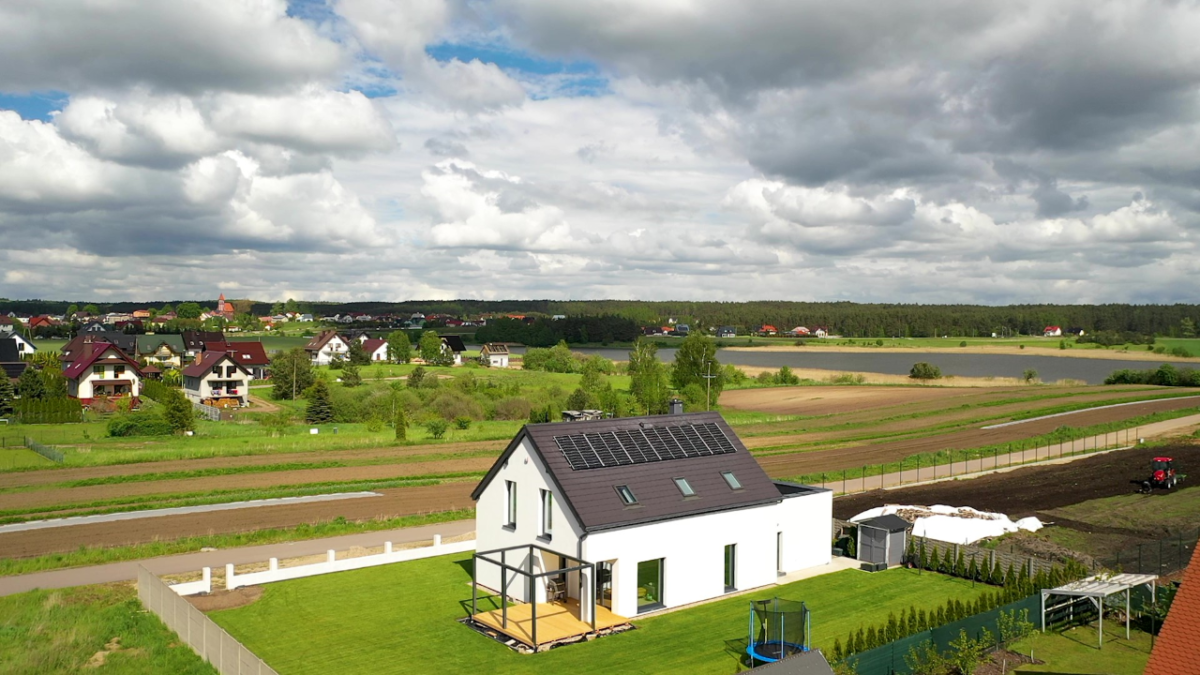Poland's residential rooftop solar market began to change in the spring, when new provisions established that all new PV “micro-installations” up to 50 kW in size had to operate under a new net billing regime.
The new net billing system replaced the net metering scheme that was in force since 2016. Net metering has been the main market driver for the segment over the past five years.
Under the old net metering rules, owners of PV systems with capacities up to 10 kW could inject up to 80% of their power into the grid, while PV systems ranging in size from 10 kW to 50 kW were allowed to feed up to 70% of their electricity into the grid.
But under the new net billing rules, prosumers have to prepare a bill that includes the energy they generated. The price is then calculated according to a special model related to the price of a kilowatt-hour during so-called “day-ahead trading.” However, the net-billing model will be in a transitional stage until 2024.
The new net billing provisions also state that PV system owners who submitted correct grid-connection applications by March 31 will be given access to the country's rebate scheme, Mój Prąd (My Electricity) scheme launched in July 2019, for the next 15 years.
“The move away from net-metering at the end of March, coupled with changes to subsidy program Mój Prąd, resulted in a significant drop in residential micro-installations,” Marcin Ślęzak, chief commercial officer for Menlo Electric, told pv magazine. “The slowdown in this segment exceeded even the most conservative estimates – the decrease in new sales between March and April was as high as 70% for some installers.”
He said that because of the new rules, several important players in the Polish PV sector currently face significant financial losses. However, this situation is only temporary, as higher energy prices may jolt the residential segment into life, he said.
“A new type of player is poised to benefit the most from this upcoming growth wave – PV installers that had been acquired by major energy groups prior to the scheme change,” he said, in reference to several recent M&A transactions. “Their new affiliation allows them to broaden their offering, coupling PV installation with multi-year guaranteed-price energy contracts and pioneering solar-as-a-service model.”
Ślęzak said that the Polish market will experience an increase in demand for PV panels in the second half of the year. He predicted that module prices will converge to West European benchmarks and panel availability may face disruption.
Researchers recently described the the risk of a market slowdown under the new net billing regime in “The importance and potential of photovoltaics in the context of low-carbon development in Poland,” which was recently published in Energy Storage and Saving.
“It should be noticed that the main threats that may hinder the current dynamic development of photovoltaics in Poland are changes in the law and the reduction of financial support,” the report said, in reference to the rooftop PV segment. “The main legal problem pointed out by experts was the change in the method of settling unused electricity by the prosumer, with the simultaneous lack of solutions supporting investments in home energy storage.”
The researchers claimed that incentives for residential storage systems could also support solar demand in the residential and commercial segments.
“Based on the available energy storage technologies, the photovoltaic installation can be retrofitted with a set of batteries, which will enable increased self-consumption of energy at the place of its generation without the need to burden the power grid,” they said.
This content is protected by copyright and may not be reused. If you want to cooperate with us and would like to reuse some of our content, please contact: editors@pv-magazine.com.




Fuel demands at historical high levels. The comment whereas the net input from solar/ renewable resourses financed by home owners and industry is see as “a burden”on the power company, is sad. This net payment system mentioned is another money grab for lack of better words. 20 to 30 years repayment by owners of systems get taken to the cleaners again.